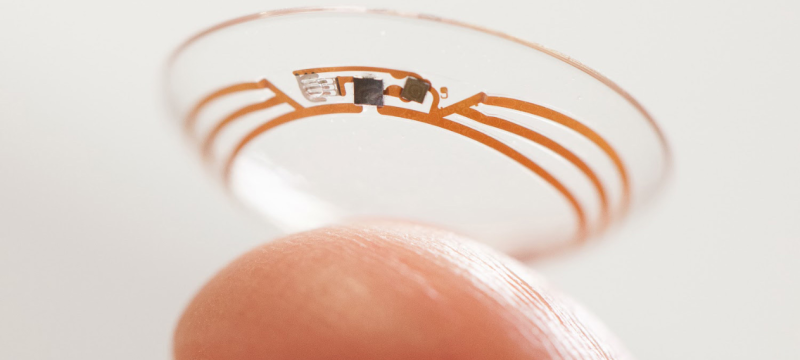Scientists in China have made a breakthrough by developing contact lenses that allow people to see near-infrared light, potentially ushering in a new era of enhanced human vision. The lenses use upconversion nanoparticles to absorb invisible infrared radiation and convert it into visible colors—red, green, or blue—without needing any power source, according to research published in the journal Cell.
Unlike bulky night vision goggles, these soft lenses are transparent and can be worn in daylight, enabling users to perceive infrared signals while still seeing the full spectrum of normal colors. This innovation could lead to advanced wearables that extend human vision far beyond natural limits. Prof Tian Xue from the University of Science and Technology of China described the project as a major step toward “super-vision,” with potential applications including aiding those with color blindness.
Also Read: Microsoft Teams brings snapchat lenses during meeting
The lenses were tested successfully in humans, allowing wearers to detect Morse code-like signals from infrared LEDs and even sense the direction of an infrared source through closed eyelids. While the current design does not capture far-infrared thermal radiation, researchers are optimistic about enhancing the lenses’ efficiency to improve real-world infrared detection.
This technology could soon have practical uses in revealing hidden messages or supporting augmented reality systems that overlay invisible information onto the user’s view, offering a glimpse into a future where human vision is expanded in extraordinary ways.









